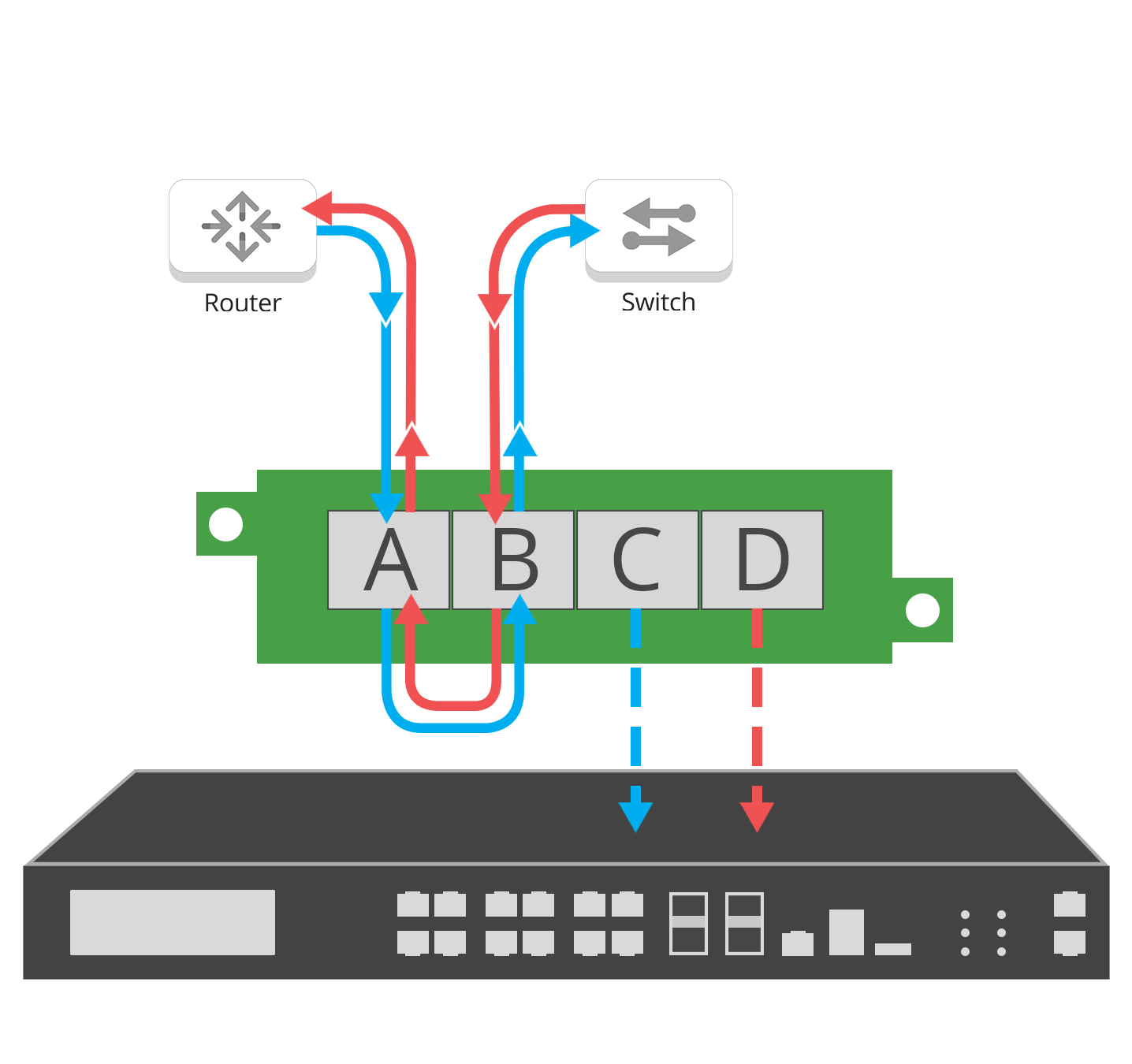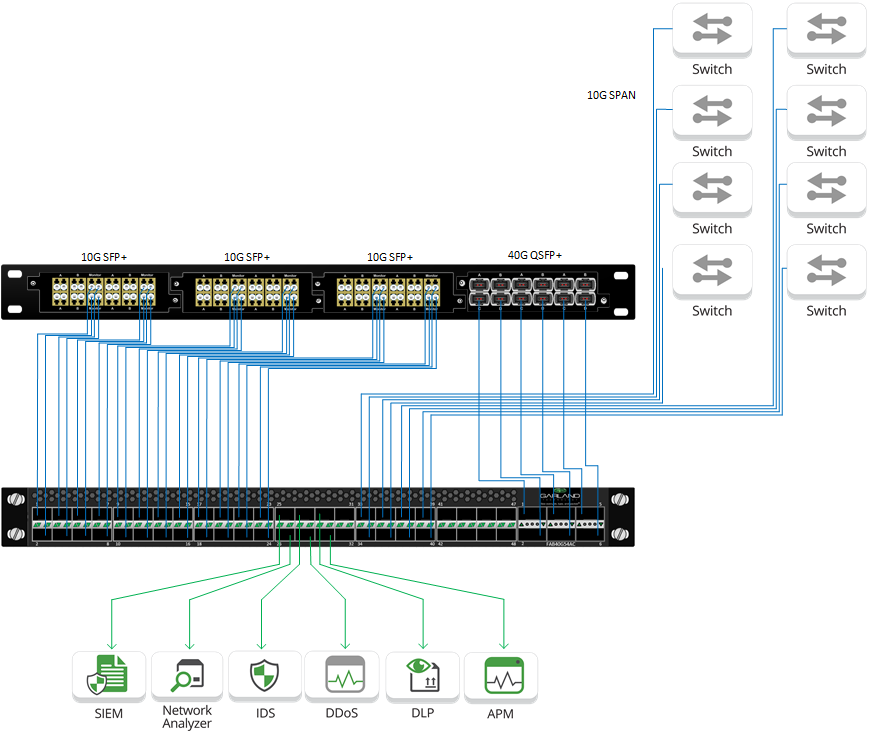Improve Network Performance
Network TAP Solutions
Challenge: How can I get better network performance and improve ROI?
IT teams spend a lot of time working to optimize network performance to improve and eliminate issues. There isn’t a quick fix as each network has a unique architecture, strategy, and tools for measuring and monitoring network performance. But as network technology evolves the push on the business side to improve performance and standards conflicts with the risk and cost of constant upgrades.
Managing network performance can be challenging for network operations teams facing costly and time-consuming hardware upgrades, as new equipment may not function as scoped with existing infrastructure or take time to optimize and battling “tool sprawl,” where traffic is being sent to tools that don’t need it, translating into excessive processing and time wasted analyzing irrelevant data.
Many companies may still feed their tools through SPAN ports, as they generally do not affect the performance of the switch, though this varies with different SPAN port features / vendors, but can have an impact on your data and the tools they are feeding.
According to Cisco, when a SPAN session is created with many ports for sources, there is a performance impact as now the switch carries twice as much traffic. Each line card replicates the traffic at ingress, and whenever you SPAN a port all ingress traffic is doubled when it hits the fabric.
• SPAN traffic has a low priority on switch, which can be good for switch performance but bad for SPAN performance
• Takes up ports on the switch, which can be of high value
• Admin/programming costs for SPAN gets progressively more time intensive and costly
Solution
Improving network performance includes maximizing speeds and feeds, while ensuring network and security tools are efficiently doing their task and not impacting the network. Scaling your network architecture in a way that doesn’t negatively affect performance or break the levee in a worst case.
The first step in optimizing network performance and monitoring is creating complete visibility into what is happening in your network. Performance metrics such as latency, bandwidth and responsiveness and the tools responsible for measuring these will need access and visibility. Providing a visibility fabric of network TAPs and packet brokers, will build the foundation of visibility for your performance metrics to build on.
Providing a proper aggregation or packet broker layer is essential in grooming physical layer traffic for the network tools.
Reduce the process burden off the switch and tools with network TAPs
Network TAPs are purpose-built to pass 100% full duplex traffic, without dropping packets or impacting the performance of the network, enhancing the monitoring and security tools they feed. By reducing unnecessary processing on your tools and network, let those devices focus on their core tasks.
“EMA recommends that enterprises use TAPs as much as possible in the access layer to avoid network performance impacts and assure packet fidelity.” -EMA [Enterprise Management Associates]
Optimize traffic through Aggregation, increasing visibility to more links
The goal is taking the burden off network computing. Adding an aggregation layer, either between an existing packet broker or establishing one, helps optimize the performance of your network by aggregating and managing traffic data, expanding the amount of available links. Allowing you to easily change or upgrade equipment and tools, without impacting network performance.
• An Aggregation layer, designed to increase efficiency and port utilization of NPBs, by adding aggregation and load balancing between the physical layer TAPs and the tools or existing packet broker, provides a solution that is flexible and scalable for future on-demand growth with excellent ROI.
• Filtering only relevant L2-L4 traffic to tools while filtering out tool-clogging traffic such as videos and social media.
• Deduplication, packet slicing and time stamping eliminate irrelevant parts of packets so your tools only receive what they need for analysis.


